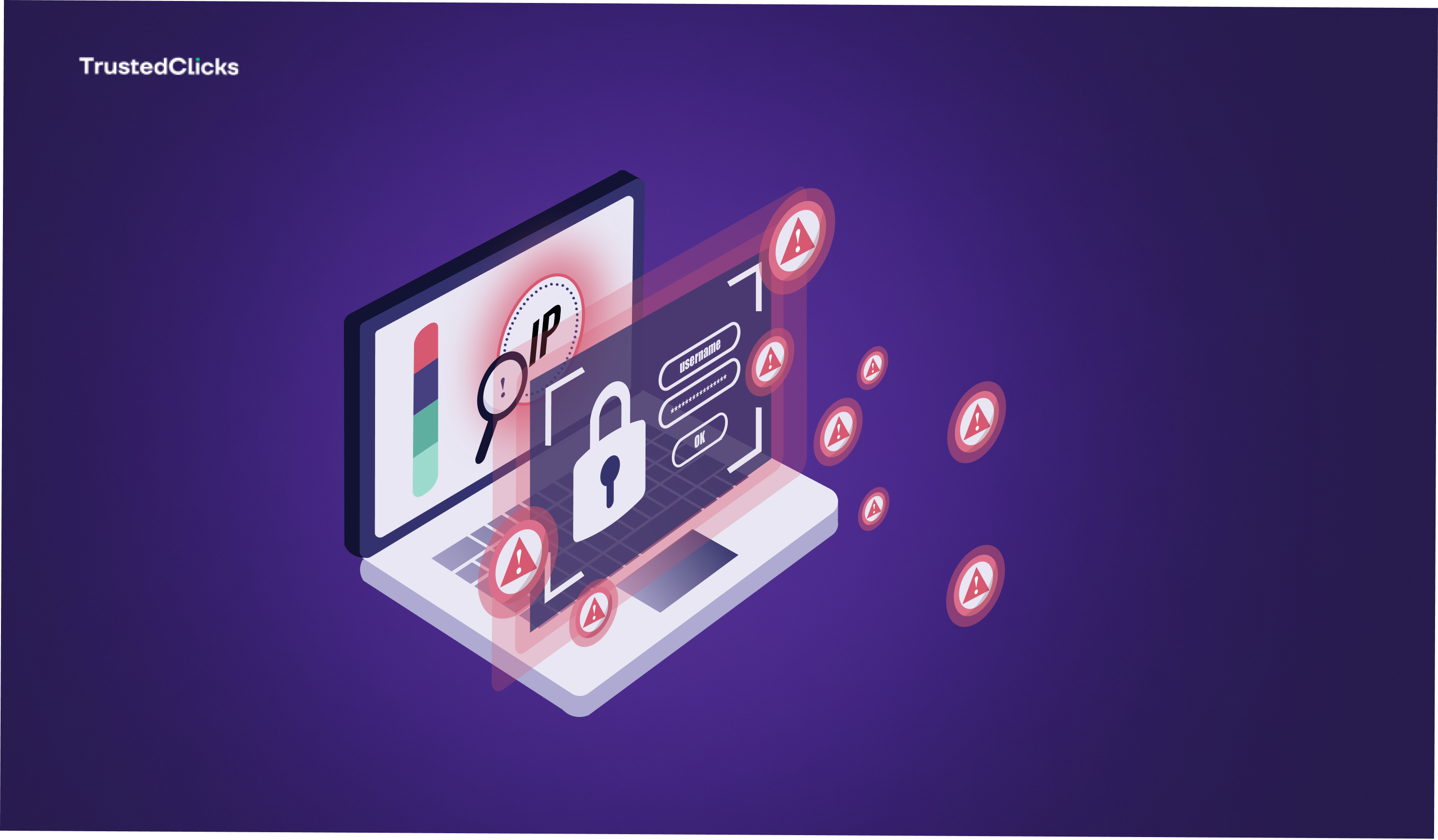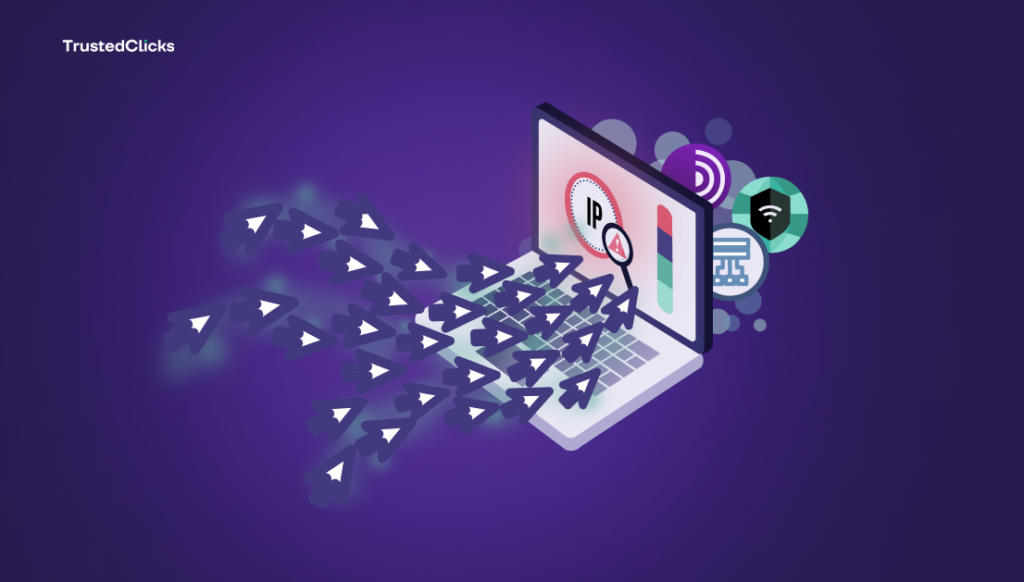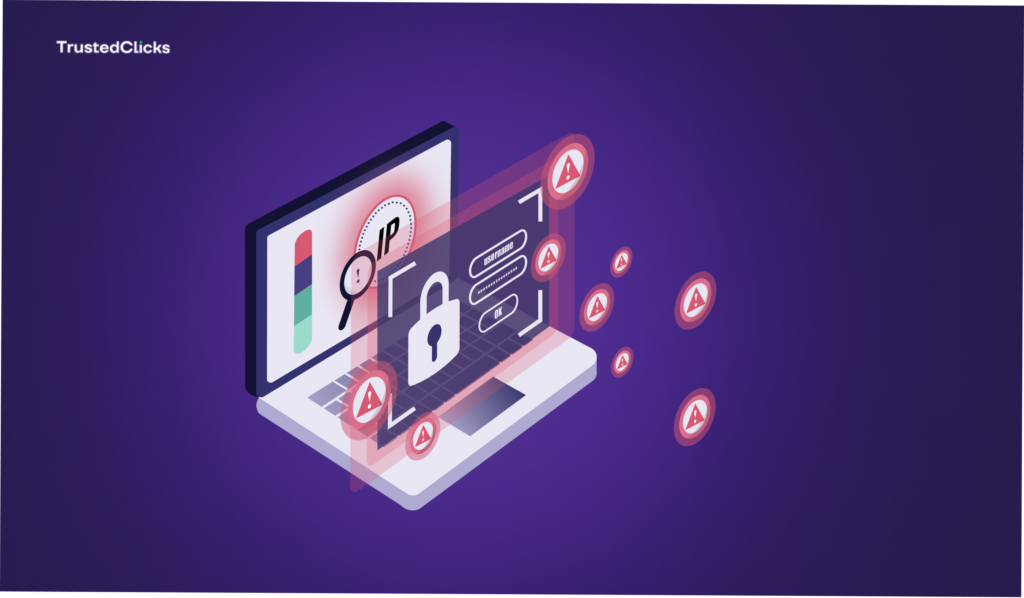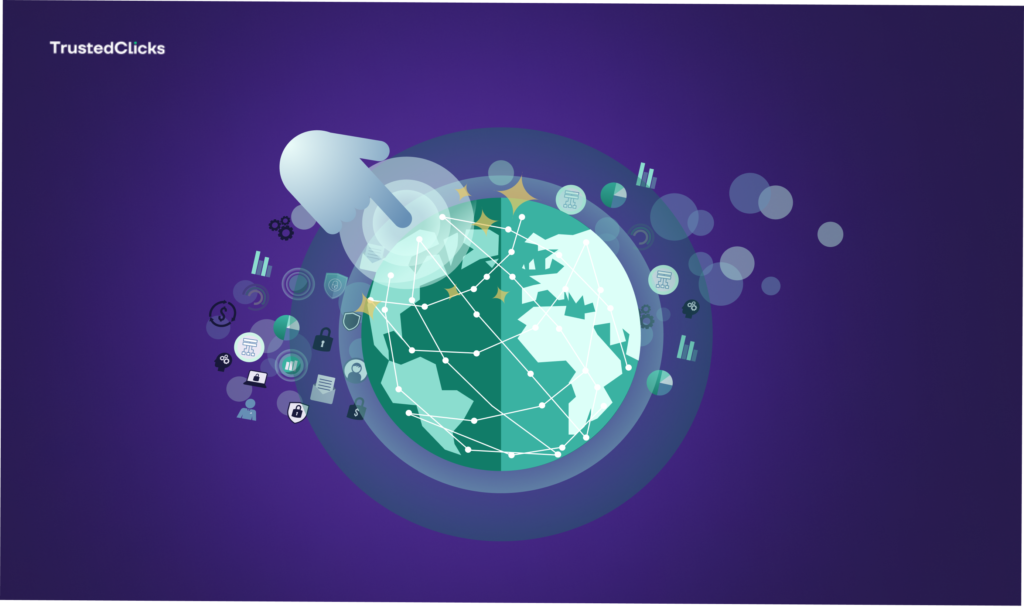- E-Commerce Security, Affiliate marketing
How Malicious IPs Contribute to DDoS Attacks and What You Can Do About It


In today’s hyperconnected world, Distributed Denial of Service (DDoS) attacks remain a persistent threat, with malicious IP addresses playing a pivotal role in their execution. Understanding how these IPs operate and implementing strategies to mitigate their impact is crucial for safeguarding your digital infrastructure.
The Role of Malicious IPs in DDoS Attacks
DDoS attacks overwhelm a target server, network, or application by bombarding it with massive amounts of traffic. Malicious IP addresses—often belonging to compromised devices within a botnet—serve as the primary vectors of this traffic.
Key Characteristics of Malicious IPs in DDoS Attacks:
Spoofing: Attackers often use IP spoofing to mask the true origin of the traffic, making it difficult to trace and block.
Botnets: These are networks of compromised devices (bots) under the control of attackers. Each bot uses its unique IP address to send traffic to the target.
Persistence: Many malicious IPs remain active over extended periods, continuously participating in attacks or probing networks for vulnerabilities.
Identifying Malicious IPs
Proactively identifying and blocking malicious IPs is a critical step in mitigating DDoS attacks. Here are some methods to detect them:
Traffic Analysis: Monitor for unusual traffic patterns, such as spikes in requests or connections from unfamiliar regions.
Reputation Databases: Leverage threat intelligence feeds and IP reputation databases to identify known malicious IPs.
Behavioral Indicators: Look for signs of malicious behavior, such as repeated failed login attempts or requests to nonexistent resources.
Mitigation Strategies
While identifying malicious IPs is essential, taking action against them is equally important. Here are effective strategies to mitigate the impact of DDoS attacks:
Rate Limiting Implement rate-limiting rules to restrict the number of requests a single IP can make within a specified time frame. This can help reduce the impact of high-traffic DDoS attacks.
Geofencing Block traffic from regions known to harbor malicious activity if it’s not essential for your operations.
Blacklisting and Whitelisting Use blacklists to block known malicious IPs and whitelists to ensure uninterrupted access for trusted users.
Deploying a Web Application Firewall (WAF) A WAF can filter out malicious traffic before it reaches your servers by analyzing requests and blocking those originating from suspicious IPs.
Leverage Anti-DDoS Services Utilize specialized services such as Cloudflare, Akamai, or AWS Shield to handle large-scale DDoS attacks. These services maintain updated lists of malicious IPs and automatically block them.
Network-Level Defenses Implement technologies such as Intrusion Prevention Systems (IPS) and deep packet inspection to identify and block malicious traffic at the network layer.
Staying Ahead of Malicious IPs
To stay ahead of potential threats:
Regularly update your threat intelligence sources.
Perform periodic audits of your traffic and network logs.
Educate your team about the latest trends in cyberattacks and mitigation techniques.
Participate in threat-sharing communities to exchange insights about new and emerging malicious IPs.
Conclusion
Malicious IPs are a critical component of DDoS attacks, but they are not invincible. By identifying these IPs and implementing robust mitigation strategies, you can significantly reduce the risk of disruptions to your services. A proactive and layered approach to cybersecurity is essential to stay resilient against evolving threats in the digital landscape.
Table of Contents
Join our community!
Subscribe to our newsletter for the latest updates, exclusive content, and more. Don’t miss out—sign up today!
Recent Posts

What Are The Differences Between Click Fraud and Invalid Clicks
- 4 mins read

How Malicious IPs Contribute to DDoS Attacks and What You Can Do About It
- 3 mins read

The Pros and Cons of IP Tracking in the Digital World
- 6 mins read



